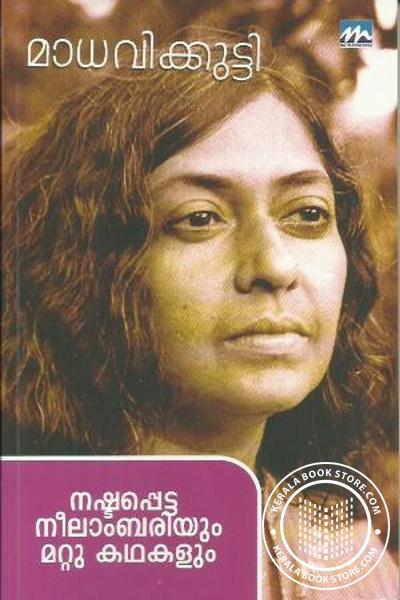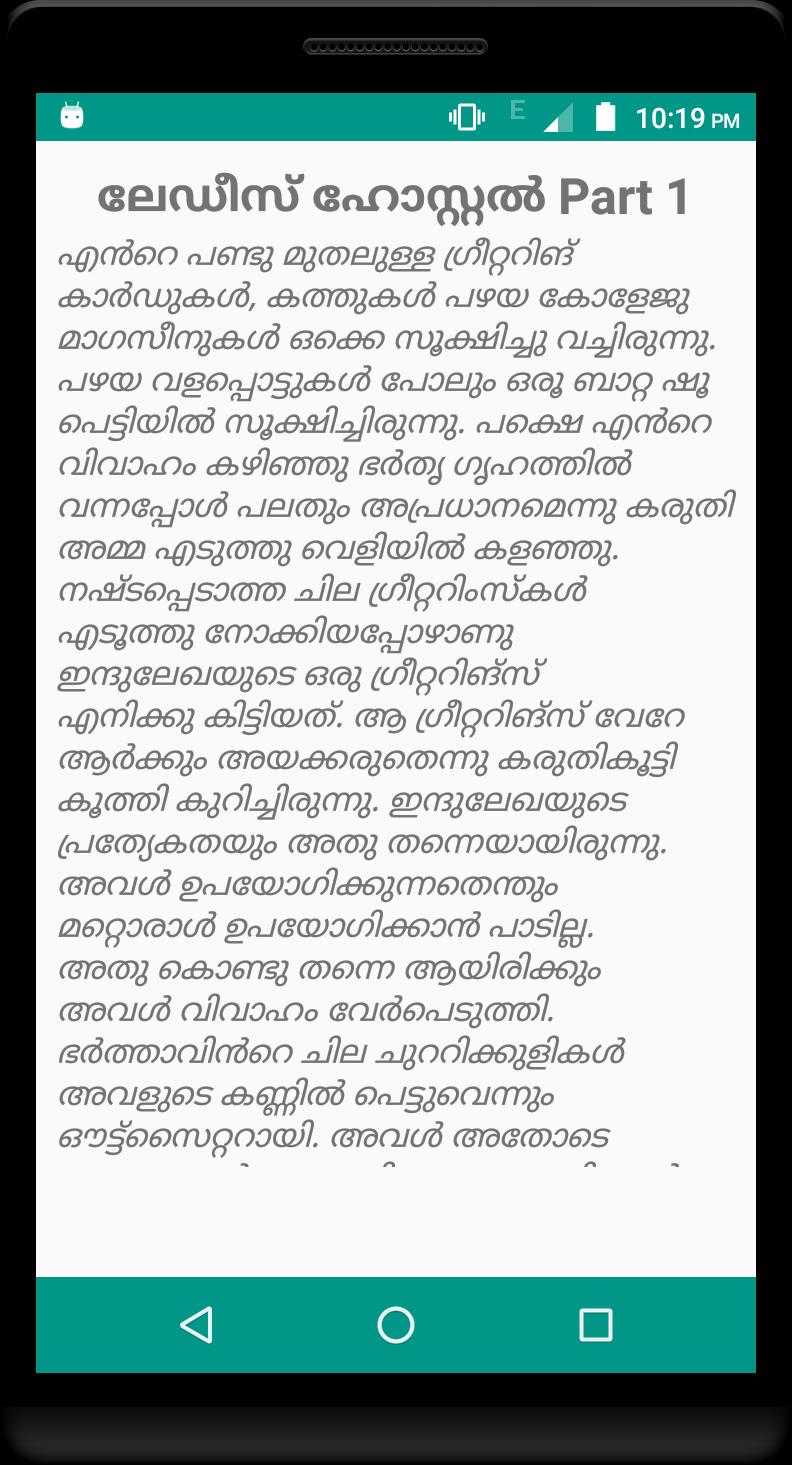
More than 50% films in Tamil, Telugu and Kannada featured over-the-top action scenes, compared to only 32% in Malayalam cinema.

powerful’ conflict, while this proportion is 30% for the other three languages. Only 16% Malayalam films featured a ‘powerful vs. With realistic films ranging from Angamaly Dairies that features all newcomers, to Fahad Fasil’s Kumbalangi Nights, to Unda headlined by superstar Mammootty, it’s evident that realism in Malayalam cinema is not driven by limitations related to star power or budgets.Ī related analysis revealed that conflicts in Malayalam films are often about personal struggles and dilemmas of the common man or woman, or are about the underdog taking on the powerful. The proportion is only about 1 out of 3 for the other three South languages. The chart below shows language-wise share of realistic films.Īlmost 3 out of 4 Malayalam films have a treatment style that’s realistic. larger-than-life, based on their treatment. This attribute classifies films as realistic vs. A clear pattern emerged across these attributes: Malayalam cinema stood out as being different from the other three languages, while Tamil and Telugu were strikingly similar, closely followed by Kannada. The analysis looked at various content attributes of these films. We analysed Top 50 films in each of the four languages in the 2017-19 period, based on their box office collections.



This emerging trend prompted us to explore how similar or different film content is, in these four languages. But with increasing exposure to South Indian film content through streaming platforms, the four languages are beginning to build their individual identities. It is not uncommon to hear a Hindi film with loud characters or over-the-top action scenes being termed as a “ South type ki picture”. Outside South India, films from the four South Indian languages are often clubbed and seen as a generic entity labelled ‘South Indian movies’.


 0 kommentar(er)
0 kommentar(er)
